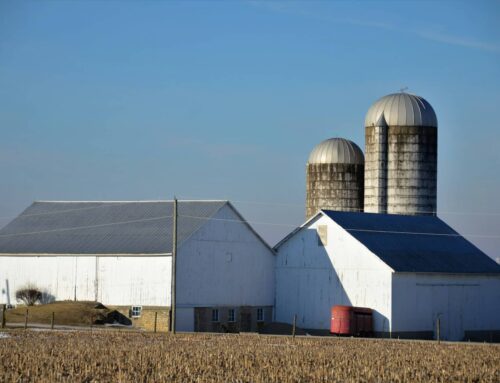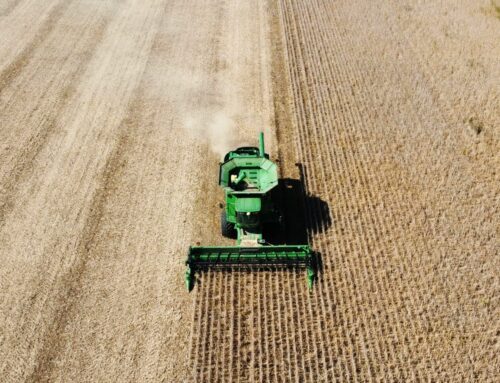The trade mitigation payments to agriculture should be called There and Back Again because we’ve essentially gone back to direct payments to farmers and ranchers.
Ag Secretary Perdue this week announced USDA’s launch of the second and supposedly final (don’t hold your breath) tranche of hush money payments to farmers and ranchers affected by Trump’s trade war. On August 27, USDA announced details on how it would dole out up to $12 billion in unbudgeted subsidies to buy the silence of farmers and ranchers affected by retaliatory tariffs. The first tranche of payments consisted of $4.7 billion in checks sent directly to producers of certain commodities (mostly to soybeans), $1.2 billion in government purchases of 31 different products (but mostly pork) for distribution to food banks and other nutrition programs, and $200 million for the not at all ironic Trade Promotion Program to, um, develop and expand foreign markets for U.S. agricultural goods.
This week’s announcement for the second round of payments for the Market Facilitation Program is much like the first, except almonds and sweet cherries are now included. When all is said and done, $9.6 billion is likely to be spent under the Market Facilitation Program, $1.2 billion for the Food and Distribution Program, and $200 million for the Trade Promotion Program, for a grand total of nearly $11 billion of taxpayer money.
Market Facilitation Program
| Commodity | Payment Rate |
Est. Total Payment |
| Almonds (shelled) | $0.03 / lb. | $63,300,000 |
| Cotton | $0.06 / lb. | $553,800,000 |
| Corn | $0.01 / bu. | $192,000,000 |
| Dairy (milk) | $0.12 / cwt. | $254,800,000 |
| Pork (hogs) | $8.00 / head | $580,600,000 |
| Soybeans | $1.65 / bu. | $7,259,400,000 |
| Sorghum | $0.86 / bu. | $313,600,000 |
| Sweet Cherries (fresh) | $0.16 / lb. | $111,500,000 |
| Wheat | $0.14 / bu. | $238,400,000 |
| Total | $9,567,400,000 |
These payments are completely separate from the farm bill waiting on President Trump’s desk. For months the administration and members of Congress on the Agriculture Committees dangled the possibility that better trade deals and adoption of a new farm bill would make the second tranche of payments unnecessary. Lawmakers repeatedly pushed for the $867 billion bill as a way to provide stability and predictability for farmers. That was obviously fake news because here we are less than a week after the bill was passed, and before it’s even been signed, we have the announcement of additional deficit-financed “emergency” aid to farm businesses.
Farmers can now triple dip and receive up to $125,000 in trade aid as well as up to $125,000 in “shallow loss” income entitlements. Crops and livestock are separate, so farmers could get $125,000 for hogs/dairy plus $125,000 for crops, if raising both.
When they were eliminated in the 2014 farm bill, direct payments for covered commodities (corn, soybeans, wheat, cotton, and sorghum) receiving Market Facilitation Program were projected to cost $4.014 billion. Those commodities will now receive $8 billion in market facilitation payments, as well as a projected $3.9 billion in ARC/PLC programs, the ones that replaced direct payments in the first place.
It just goes to show that Congress would rather revert to Dust Bowl-era agriculture policies to pick winners and losers instead of creating a cost-effective, transparent safety net that would provide farm businesses with the stability and predictability they need to be successful on their own. And for the love of all things Christmas, stop saying tariffs are good for the American people. Tariffs are literally a tax on the American people.










